Tonle Sap lake is another of Cambodia’s must see sights.The problem is that there is no completely satisfying way to see it. The most popular spot, Chong Kneas has become one of the most shameless tourist traps in South East Asia. If nothing else, it provides travellers with an insight into the predatory official ways that the lake’s itinerant population suffers with all the time. But it’s not what most travellers are seeking from a visit.
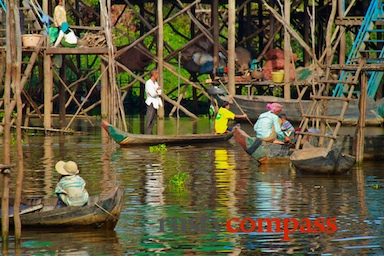
Photo: Mark BowyerKompong Phluk
Kompong Phluk is the other common spot for visiting Tonle Sap and while it’s far more satisfying, the sense is that the ugly ways of Chong Kneas may not be far off. Let’s hope we’re wrong!
Ton Le Sap is also home to an impressive bird sanctuary at Prek Toal. The sanctuary protects many rare species including spot billed pelicans, greater adjutant storks and white winged ducks.
If you’re interested in getting a good look at the birds, a tour will be the best way to go. These can organised by specialist companies in Siem Reap and good international tour operators.

Photo: Mark BowyerTonle Sap Lake
Tonle Sap lake’s role as food and water source to Cambodia is only part of its story. Each year the runoff from melting Himalayan ice flows into the Mekong River. At the same time the Asian monsoon dumps torrential rains into its catchments. The Mekong’s power is sufficient to reverse the flow of the Tonle Sap River back up into the lake which then expands from around 2500sq kilometres to around 10,000 sq kilometres.
It’s this annual cycle of nature that makes Tonle Sap a uniquely rich environment for marine and bird life.
The lake plays host to large communities living in floating villages or stilt houses. Most make their living from river fishing. Many are ethnic Vietnamese who settled along the lake decades ago.
Tonle Sap provides more than half of Cambodia’s annual fish catch and there are growing concerns about the sustainability of current fishing practices.
Chong Kneas
Chong Kneas has been the main staging point for boat trips on the lake and to the floating village for many years. It’s become a victim of its own success. The large new complex that now connects travellers with their boats is a distinctly unpleasant place staffed by aggressive men that have presided over big price hikes in recent years. These days they won’t permit travellers on their premises to form their own small groups (even single travellers) to reduce prices. Travellers are charged US$25 per person - more for single travellers - for a usually unsatisfying ride through a tourist trap floating village that has lost most of its authenticity.
Those travelling to or from Phnom Penh by boat will get a good glimpse of the Chong Kneas experience. Others will be better off visiting Kompong Phluk.
Travel tips:
Chong Kneas is around 20 minutes by tuk tuk from Siem Reap along a good new road.
Kompong Phluk
Kompong Phluk is a less visited and all round more pleasant experience than Chong Kneas. Travellers here will also be able to see the flooded forest.
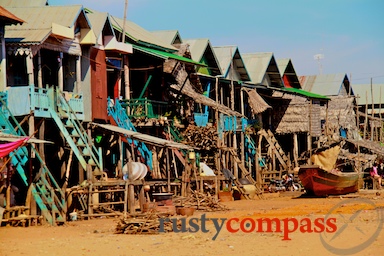
Photo: Mark BowyerWaiting for Ton Le Sap to rise in the wet.
The boat trip is US$35 and lasts around 3 hours. It includes visits to the flooded forest, the lake and a stop in one of the villages.
Kompong Phluk can be added to visits to the Rolous group temples to make for an interesting full day away from Siem Reap. There are a couple of eateries nearby that are fine for lunch.
Travel tips:
Tuk tuk and cars can access Tonle Sap at Kompong Phluk via a road that is mainly in good condition. In the dry season, the access points change and the part of the road that is submerged in the wet is, unsurprisingly, very rough.

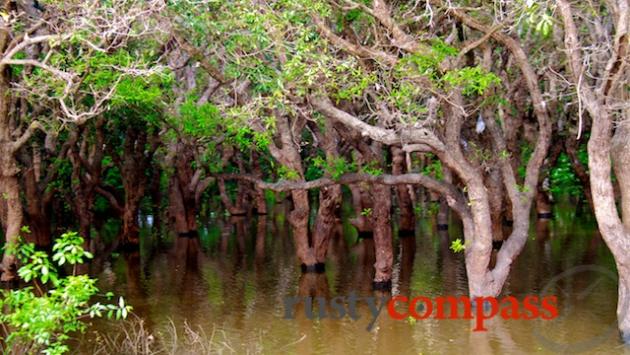
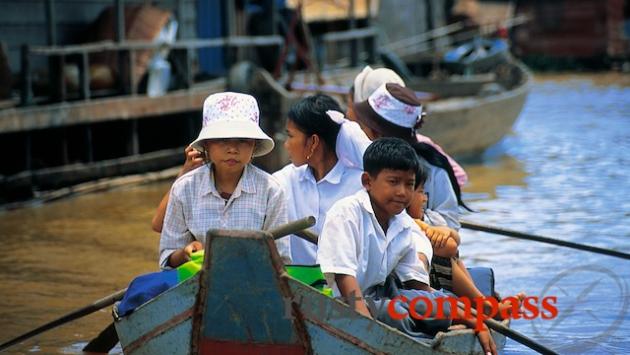
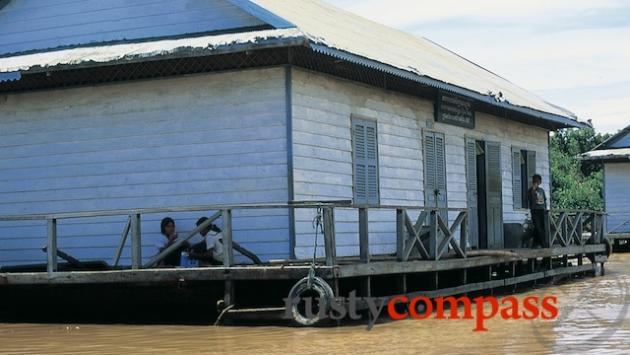
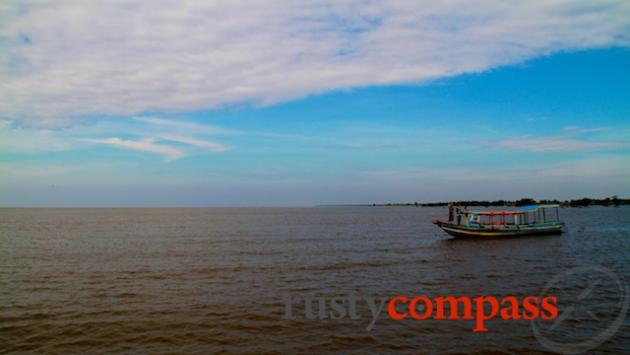
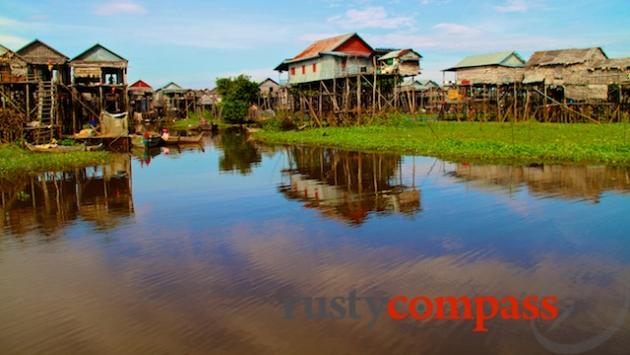







There are no comments yet.